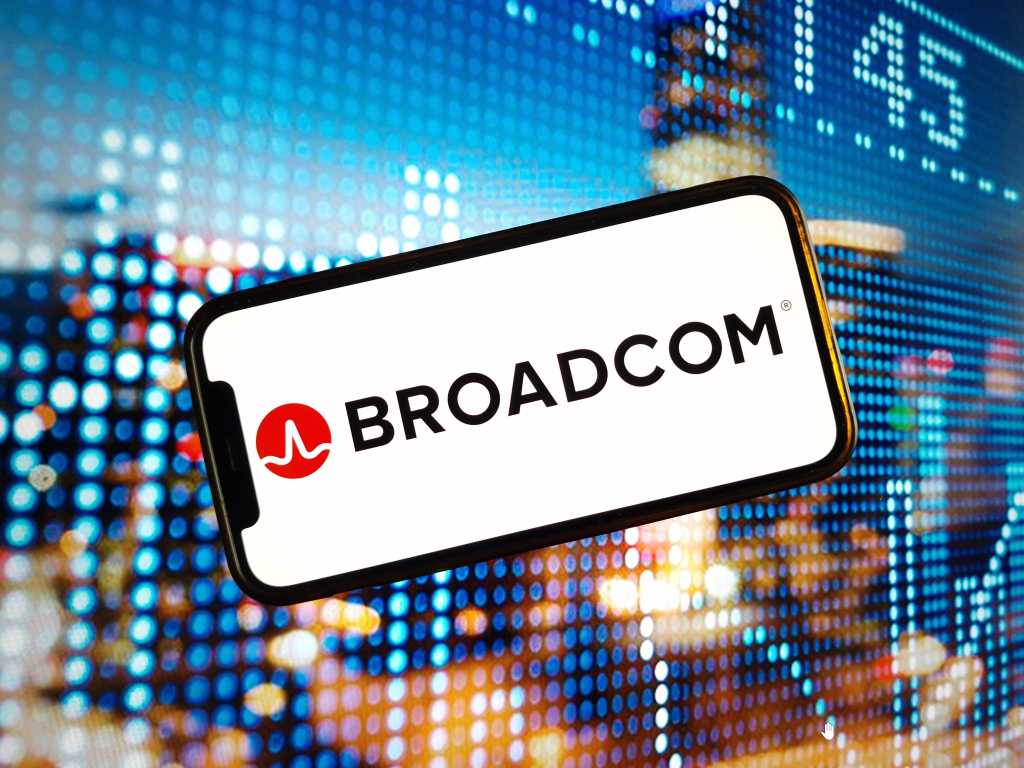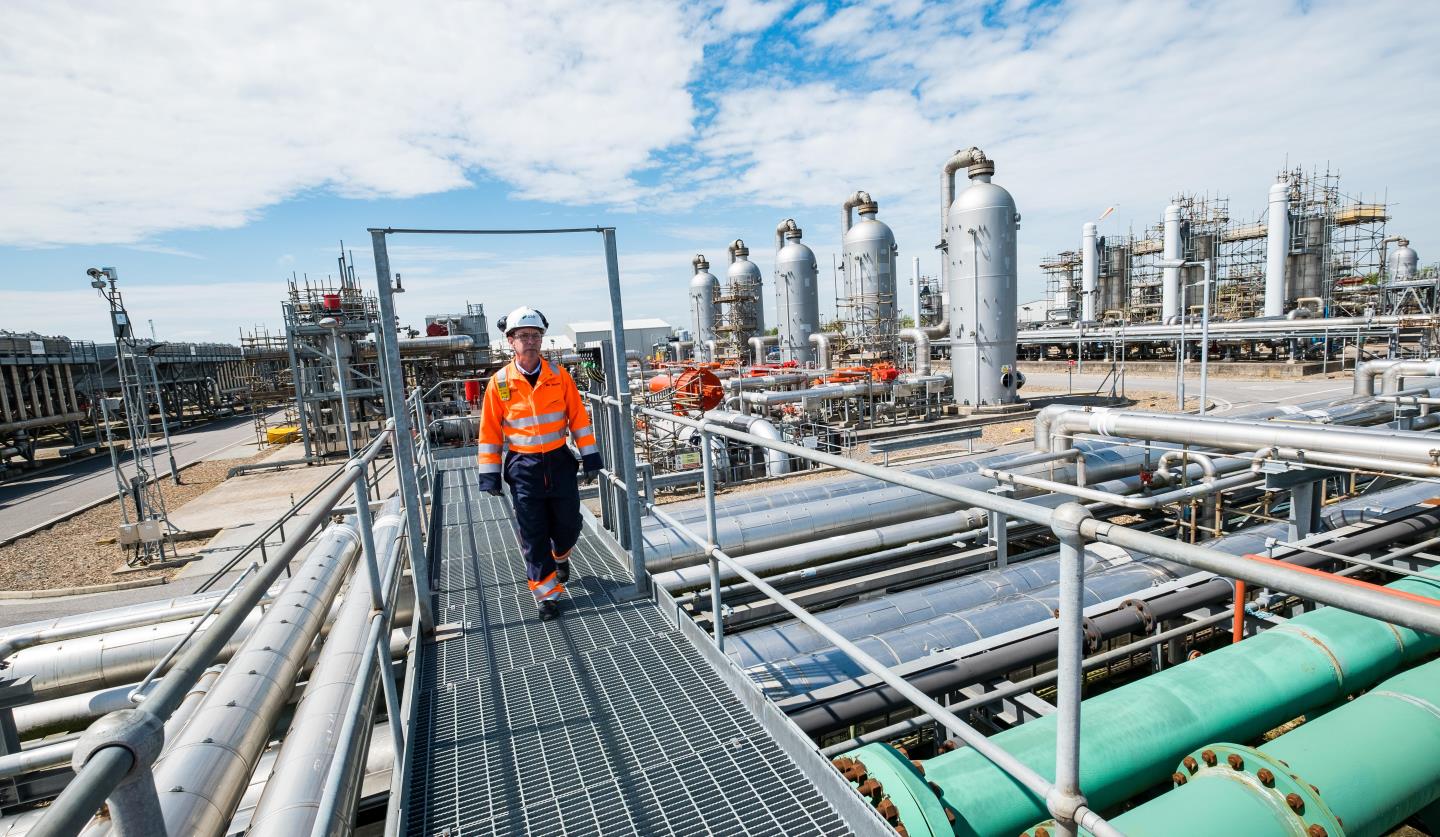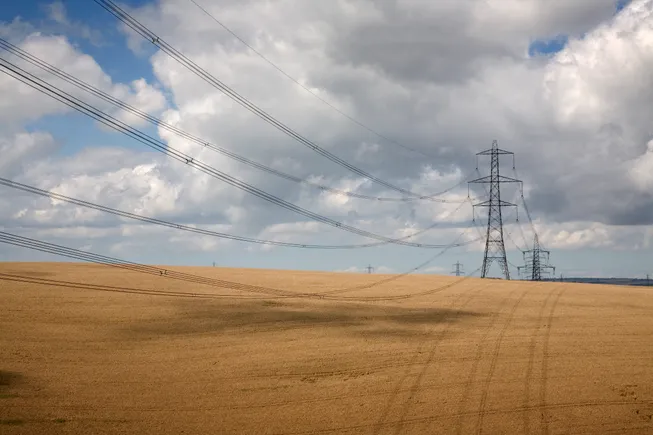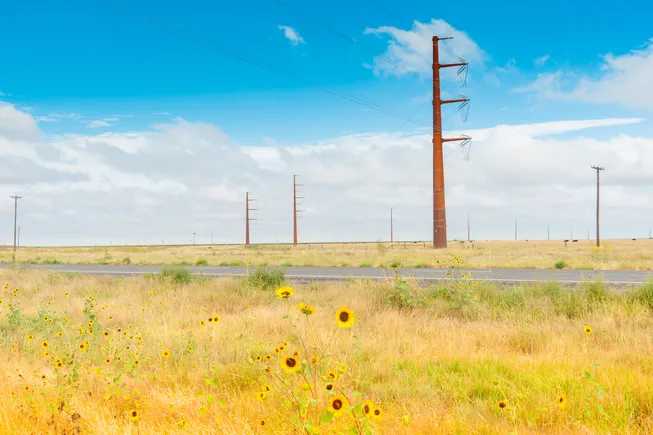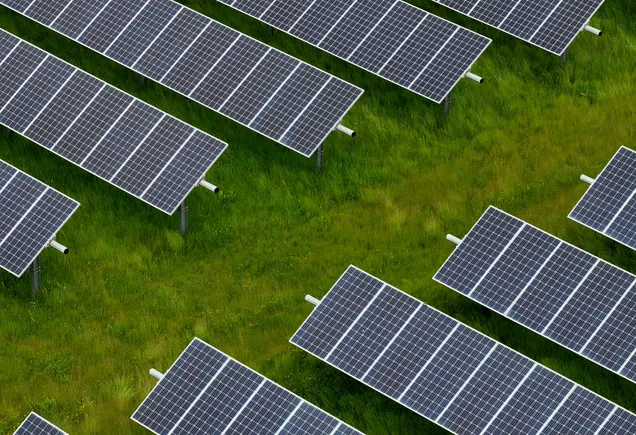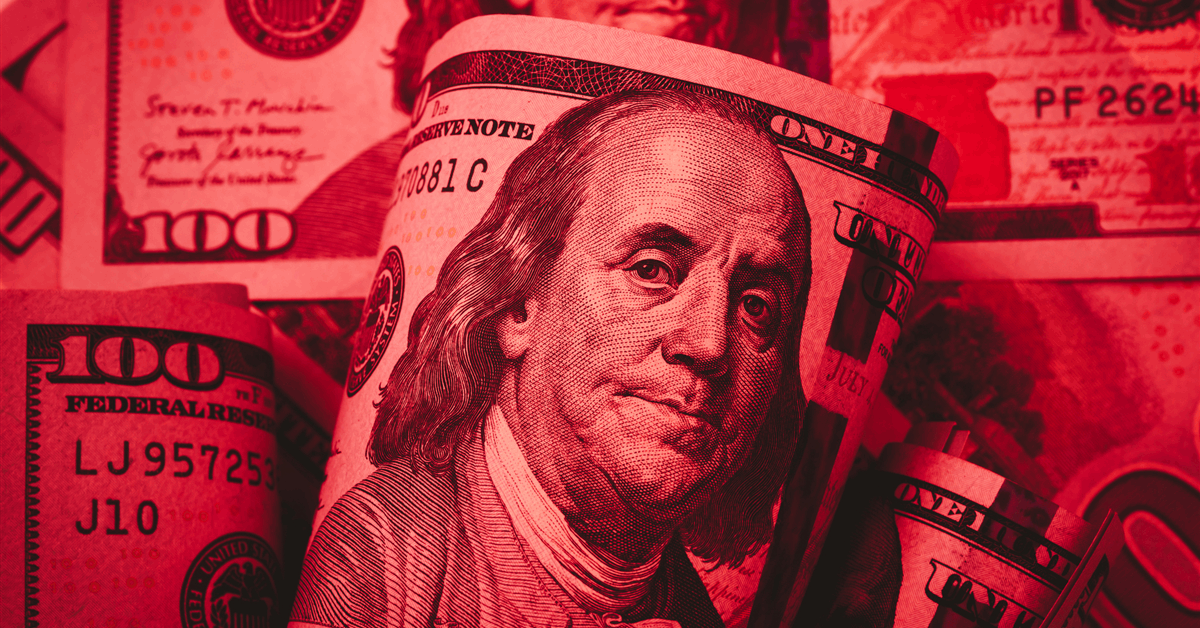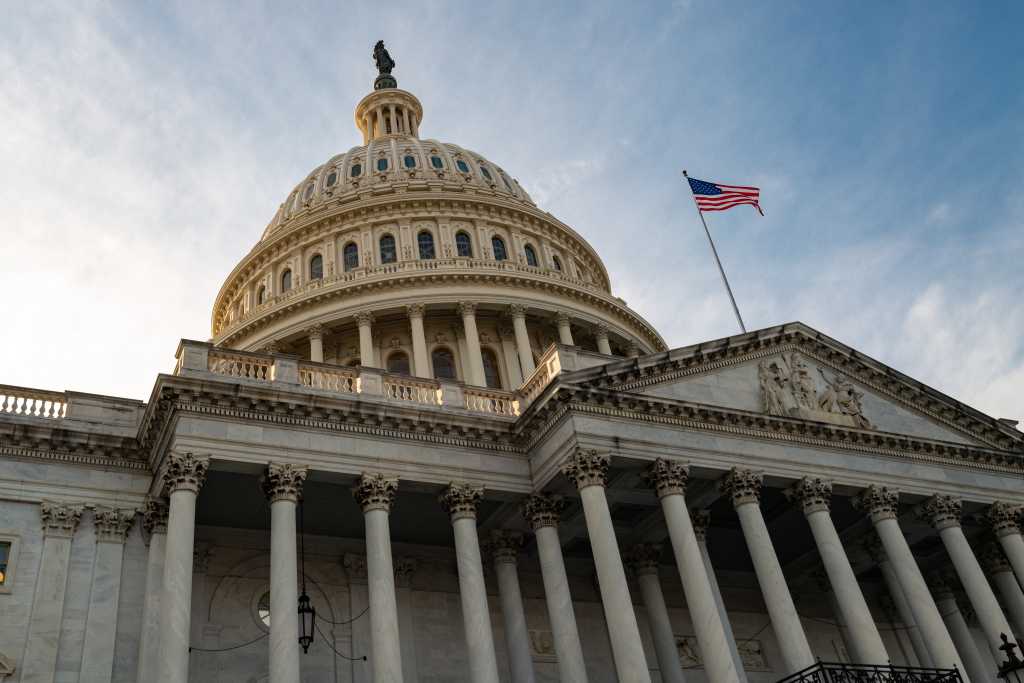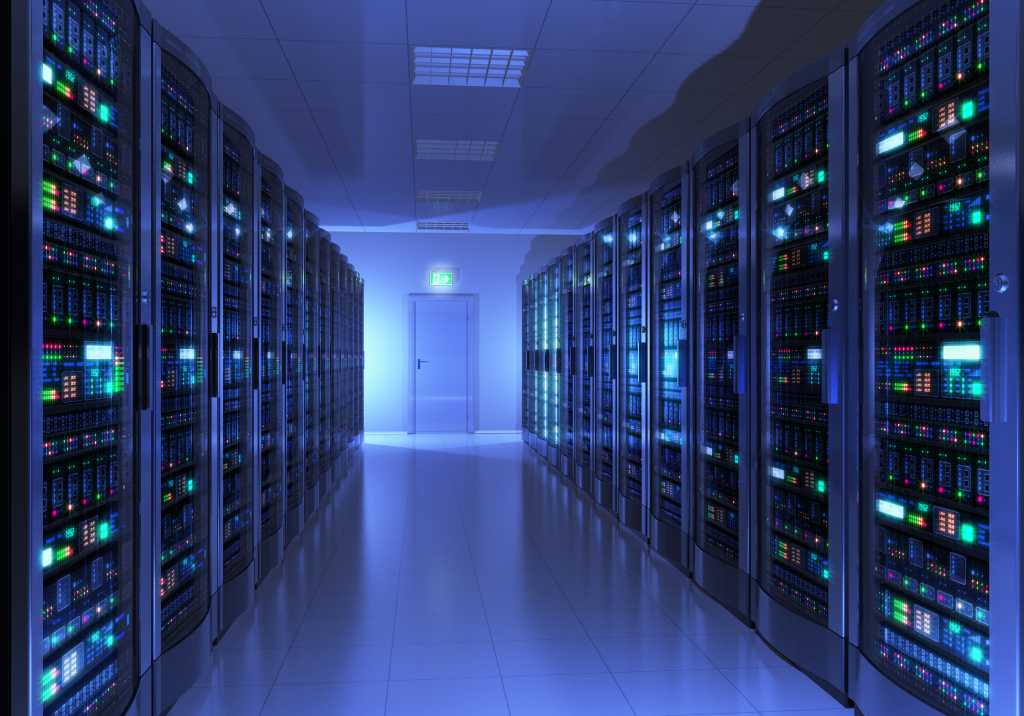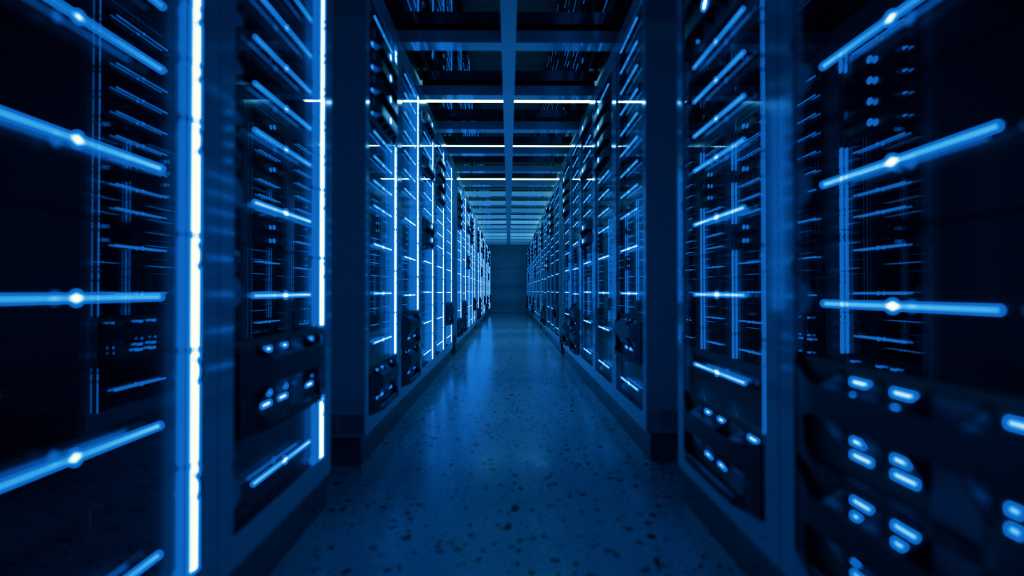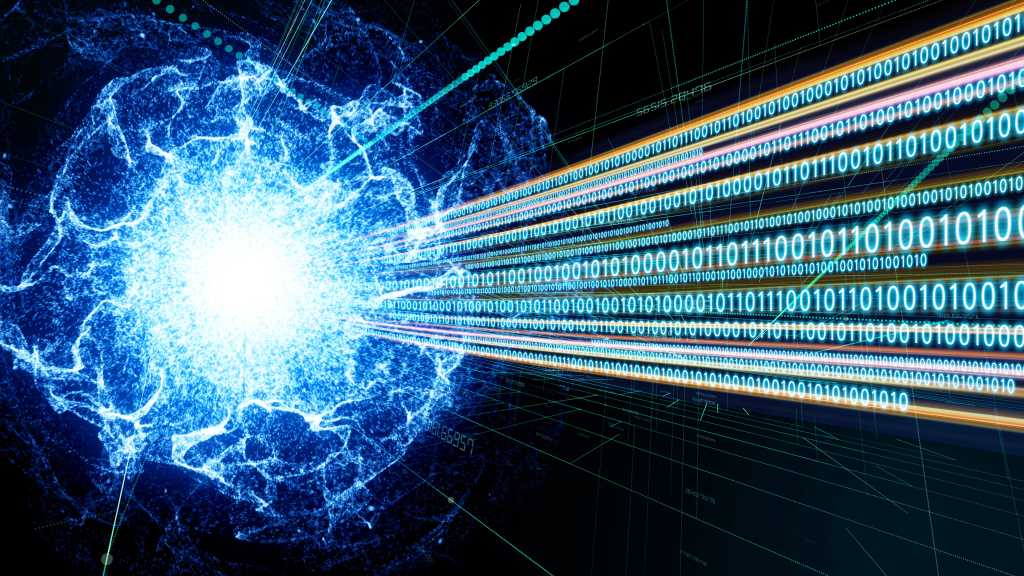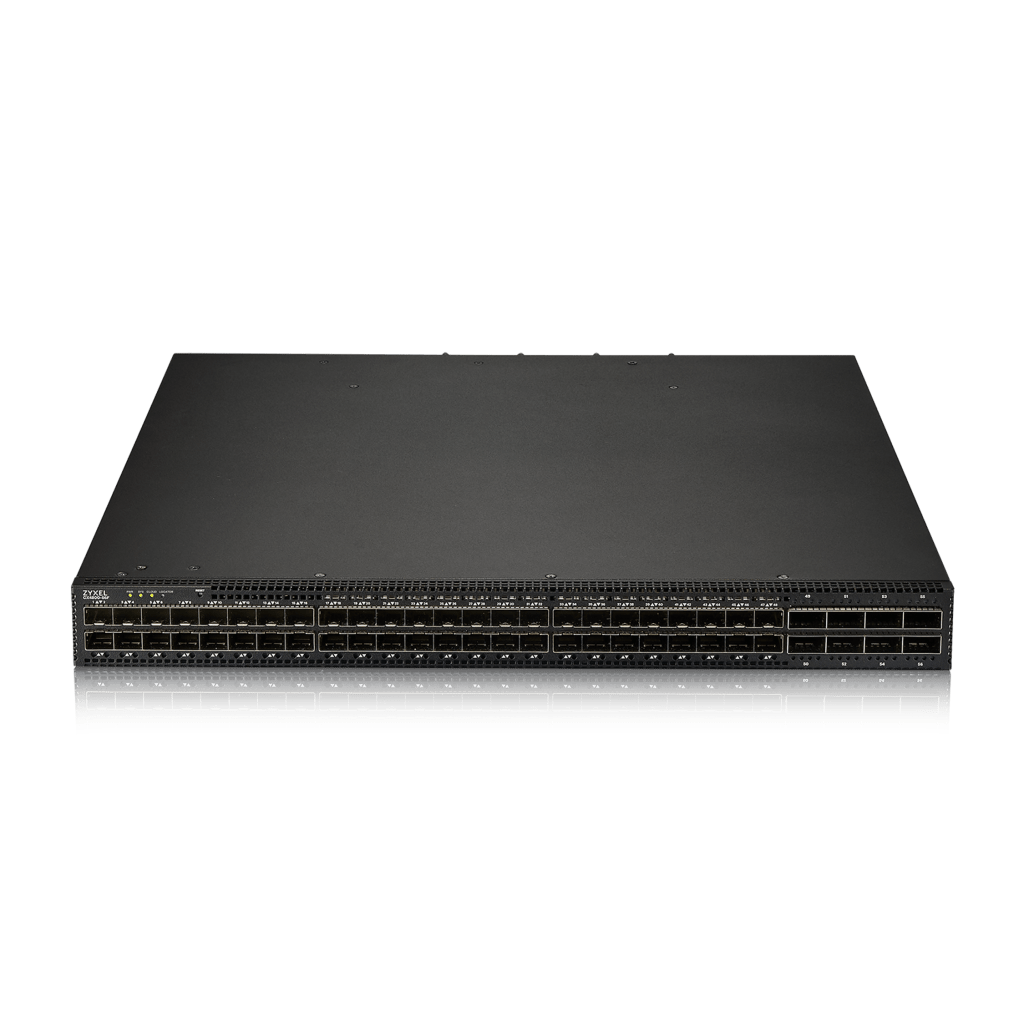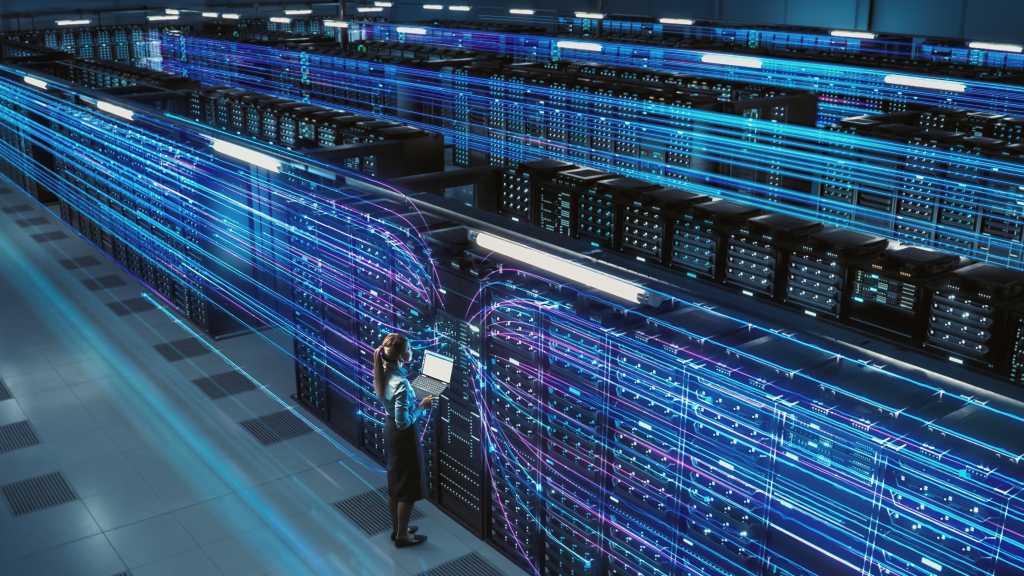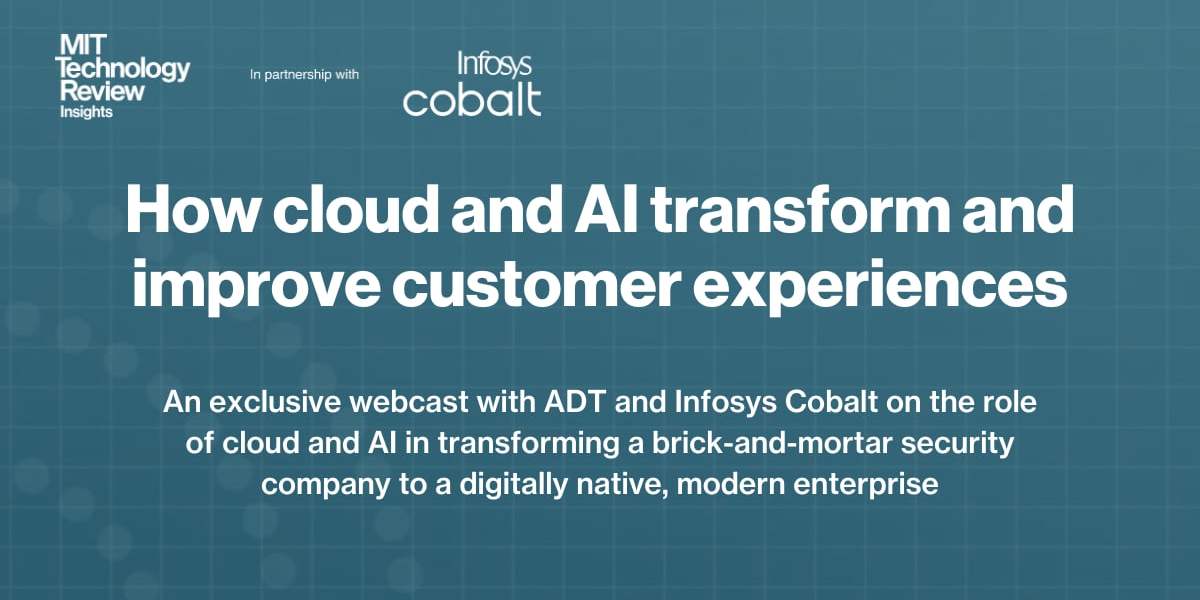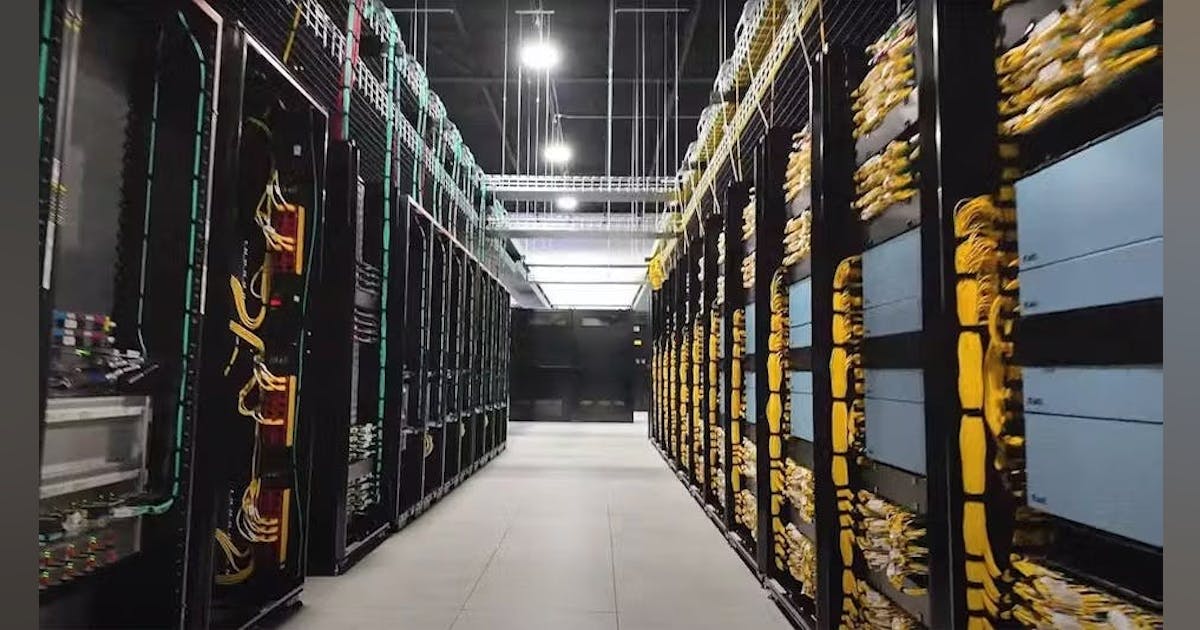
For the fourth installment of our Executive Roundtable for the Fourth Quarter of 2024, we inquired with our panel of distinguished data center industry leaders on how the massive build-out of AI infrastructure and its associated power demand is impacting prospects for future data center investment and planning.
On a live panel which touched on this topic at the inaugural DCF Trends Summit (Sept. 4-6), Bill Kleyman, a seasoned leader in the data center and cloud industry with over two decades of experience, who is currently the CEO and co-founder of data center AI acceleration firm Apolo, memorably opined that both “power and bravery” are essential to succeed in the age of AI.
Emphasizing the need for robust, well-connected networks to support AI deployment, especially in distributed environments, Kleyman at one point noted, “People want to do AI where the data lives, and the way you do that is through really well-connected networks.”
Also interestingly, in terms of risks associated with the rapid outlay of AI infrastructure in data centers, Kleyman identified the inevitably rapid obsolescence of GPUs as a potential challenge. He said: “While we’re all excited about AI and generative technologies, the industry is muted about the 18-month cycles of planned obsolescence tied to the largest CAPEX purchases in tech history. For example, a node of eight [Nvidia] H100 GPUs might cost $1.5 million today, but within two years, the newer B200 GPUs will render it less competitive.”
This accelerated depreciation cycle, Kleyman said, demands turnover ratios five to six times faster than traditional models – making GPU rentals something of a financially precarious game. Kleyman further highlighted the ripple effect this dynamic could create across the industry’s AI ecosystem, from suppliers like Dell and Supermicro to service providers like CoreWeave, which depend on fast capital recovery before the next generation of GPUs hits the market.



